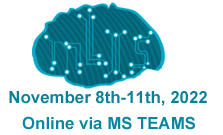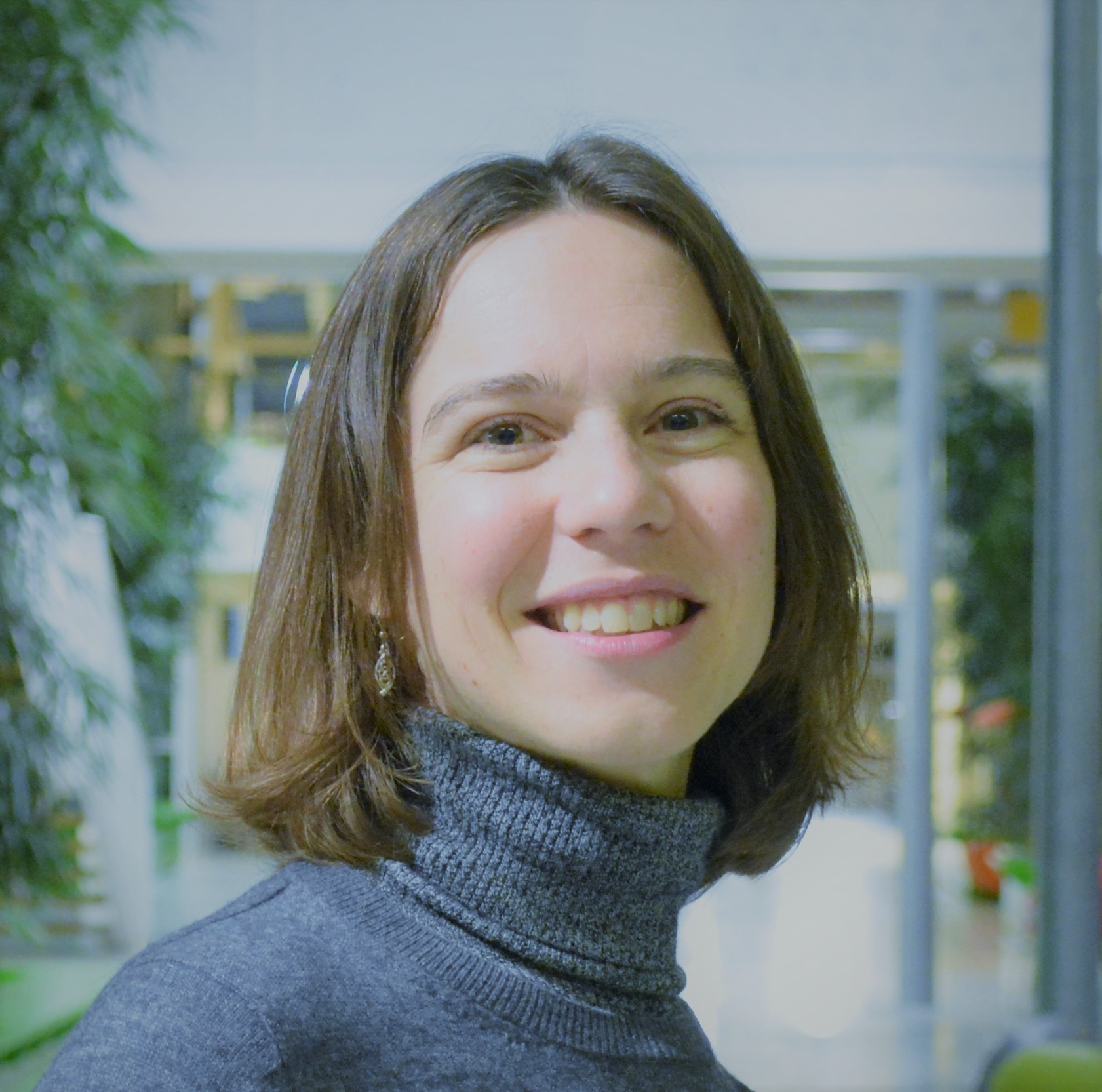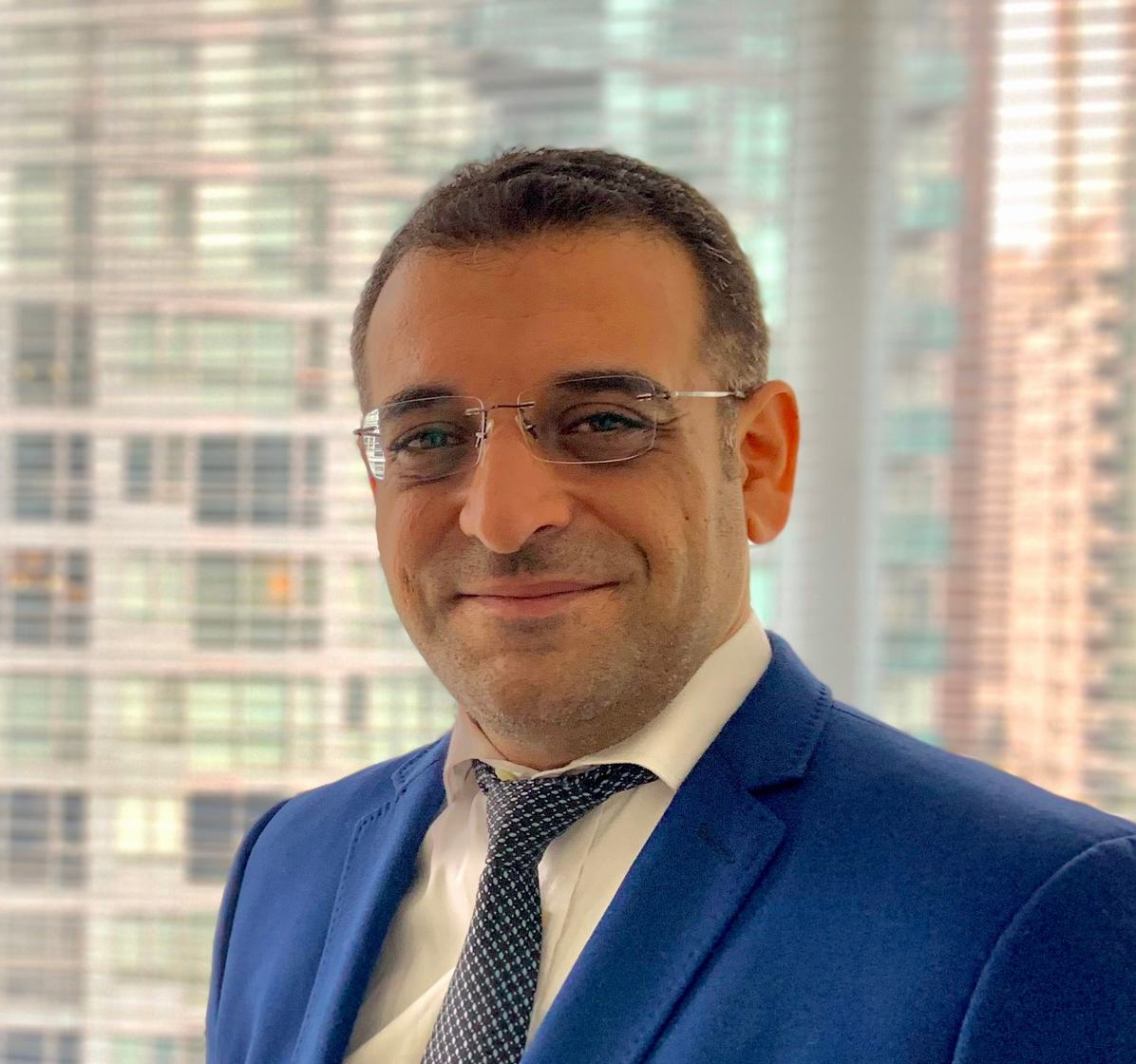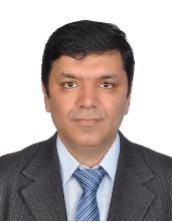Invited Speakers
Dr. Emilie Chouzenoux
Researcher, Center for Visual Computing - OPIS Inria group, CentraleSupélec - University Paris-Saclay, FranceSpeech Title: Unrolled Variational Bayesian Algorithm for Image Blind Deconvolution
Abstract: Aims: We consider the problem of image blind deconvolution through a variational Bayesian algorithm. Methods: We introduce our algorithm VBA (variational Bayesian algorithm) accounting efficiently for a wide range of priors on the unknowns. Then, VBA iterations are embedded into a deep neural network architecture, following the recently introduced deep unrolling paradigm. Results: Our experiments illustrate the excellent performance of our new method on two datasets, comprising grayscale and color images, and degraded with various kernel types. Compared to state-of-the-art variational and deep learning approaches, our method delivers a more accurate estimation of both the image and the blur kernels. It also includes an automatic noise estimation step, so that it requires little hyperparameter tuning. The proposed method is very competitive in terms of computational time during the test phase, while showing similar train time to its deep learning competitors. Conclusions: This talk presents our novel method [1] for blind image deconvolution that combines a variational Bayesian algorithm with a neural network architecture. The main core of the proposed architecture is highly interpretable, as it implements unrolled iterates of a well sounded Bayesian-based blind deconvolution method. Acknowledgements: The authors acknowledge support from the Agence Nationale de la Recherche of France under MAJIC (ANR-17-CE40-0004-01) project, and from the European Research Council Starting Grant MAJORIS ERC-2019- STG-850925.
[1] Y. Huang, E. Chouzenoux, and J.-C. Pesquet. Unrolled Variational Bayesian Algorithm for Image Blind Deconvolution. Tech. Rep., 2021. https://arxiv.org/abs/2110.07202
Prof. Kaoru Sumi
Future University Hakodate, JapanSpeech Title: The Future of Metaverse for Artificial Intelligence in Education
Abstract: Online distance education has recently become much more prevalent, and in the field of Artificial Intelligence in Education, academic instruction using virtual space has been attracting attention. In this talk, I will discuss the various educational possibilities of using virtual spaces and agents, presenting examples from several studies. I will also introduce our own development of systems using game-based learning[1] and a game-based story generation system that automatically generates scripts in real time on the basis of players’ emotions and actions[2]. I will discuss persuasive technology that systems can utilize to influence human behavior, along with impressions and applications of facial expressions and gestures, which are expressions of agents[3]. To conclude, I will discuss what can happen when a virtual agent interacts with other users in a virtual space.
[1]Kaoru Sumi and Kodai Kasai: A Serious Game for Learning Social Networking Literacy by Flaming Experiences, Lecture Notes in Computer Science, Volume 178, Social Informatics and Telecommunications Engineering series, Springer (2016.05).
[2]Kaoru Sumi & Shusuke Sato: Experiences of Game-Based Learning and Reviewing History of the Experience Using Player's Emotions, Frontiers in Artificial Intelligence (2022).
[3]Kaoru Sumi and Mizue Nagata: Evaluating a Virtual Agent as Persuasive Technology, Psychology of Persuasion, Janos Csapó and Andor Magyar eds., Nova Science Publishers (2010).
Dr. Hamed Taherdoost
University Canada West, Vancouver, CanadaHamTa Group | Hamta Business Corporation
Speech Title: Blockchain-Enabled 6G Wireless Network
Abstract: The 6G revolutionizes the end-user experience in networking by providing higher frequency, higher capacity, and lower latency in comparison to 5G cellular technology. Expecting to facilitate significant improvements in the wireless system area relying on 6G technology, network infrastructure is required to get updated aiming to provide more secure wireless systems and address the use case requirements accordingly. Blockchain as a distributed ledger technology addresses most of the current limitations of the 6G technology including security concerns. The shortcomings and limitations of 6G technology and the provided opportunities by blockchain-enabled services to facilitate 6G networks will be discussed in this speech.
Prof. Bernard P. Zeigler
Professor Emeritus, Department of Electrical and Computer Engineering, University of Arizona, USAChief Scientist, RTSync Corp, Arizona, USA
IEEE Fellow,
International Society for Modeling and Simulation Fellow and Hall of Fame
INFORMS Lifetime Professional Achievement Award
Speech Title: DEVS Modeling and Simulation Design of AI/Machine Learning Systems
Abstract: The discipline of Modeling and Simulation (M&S) offers a strong computational foundation, concepts, and tools for the field of computational intelligence. Simulation has proven to be a widely used tool for computational experimentation with a view to developing and improving intelligent system techniques. At the core of the M&S discipline of is operational characterization of the elements: real system data, experimental frame, model, and simulator, as well as the relationships that must bind these components together to constitute a meaningful application. Mathematical system theory provides the underlying substrate for expressing this ontology and paves the way to sound conceptualization of complex systems.
In this talk, we show how the two main and orthogonal, pillars of M&S theory – levels of system specification with associated morphisms, and systems specification formalisms – help develop models of complex intelligent systems. We discuss Discrete Event System Specification (DEVS) models that exhibit intelligent behaviors and can be developed, observed and tested in computational form. To do this, we review the basics of the systems theory underlying DEVS as an M&S abstraction. Then we show how DEVS represents individual atomic agents and their hierarchical compositions to realize temporal event behaviors by having the necessary states, processing signals, and memory features while coordinating themselves in space and time. Mathematical system-theory proofs of such models’ canonical minimal realizations support the claim that their structures must be embedded in any plausible model of intelligent behavior. Thus, we argue that discrete event models of this nature constitute waypoints in the search for implementations involving basic architectural structure patterns. Implications of this methodology for construction and realization of intelligent natural (brain), and artificial machine learning and intelligent systems are then discussed.
Prof. Noor Zaman Jhanjhi
Professor and Director CSS5, School of Computer Science and Engineering, SCE, Taylor’s University, Selangor MalaysiaSpeech Title: Internet of Things (IoT) for Smart Society 5.0
Abstract: We live in the cutting-edge technological era, which has a high impact on our daily lives, and rapid development witnessed each day. A better example of this is the smart society 5.0 concept recently released by the Japanese government. This leads the existing society 4.0 information-based vision to smart society 5.0 human-centric concept alongside the Industrial revolution IR 4.0 to IR 5.0. The smart society rightly can be identified as "A human-centred society that balances economic advancement with the resolution of social problems by a system that highly integrates cyberspace and physical space." This heavily depends on the Internet of Things (IoT) use/adaption and other cutting-edge technologies, such as AI, Blockchain, Big data, Cybersecurity, etc. A massive amount of information from sensors in physical space is collected in cyberspace using the IoT. Which can be used for analysis, and the results will be fed back to the physical space in various forms. IoT will be acting as a backbone for collecting the data for multiple applications. It raises all the higher use and importance of IoT devices, which will bring several challenges and benefits at the same time. The challenges could be more towards privacy and security.
More speakers will be updated soon...





